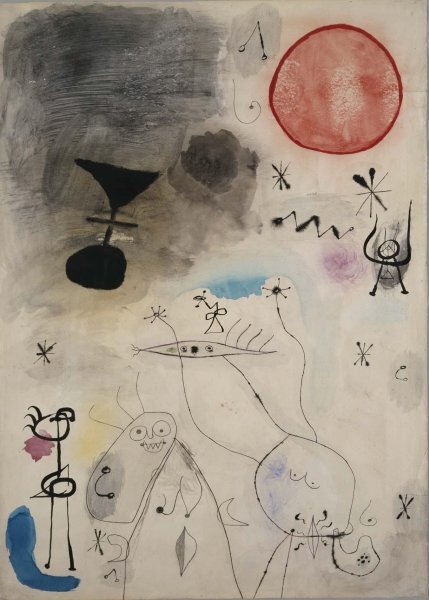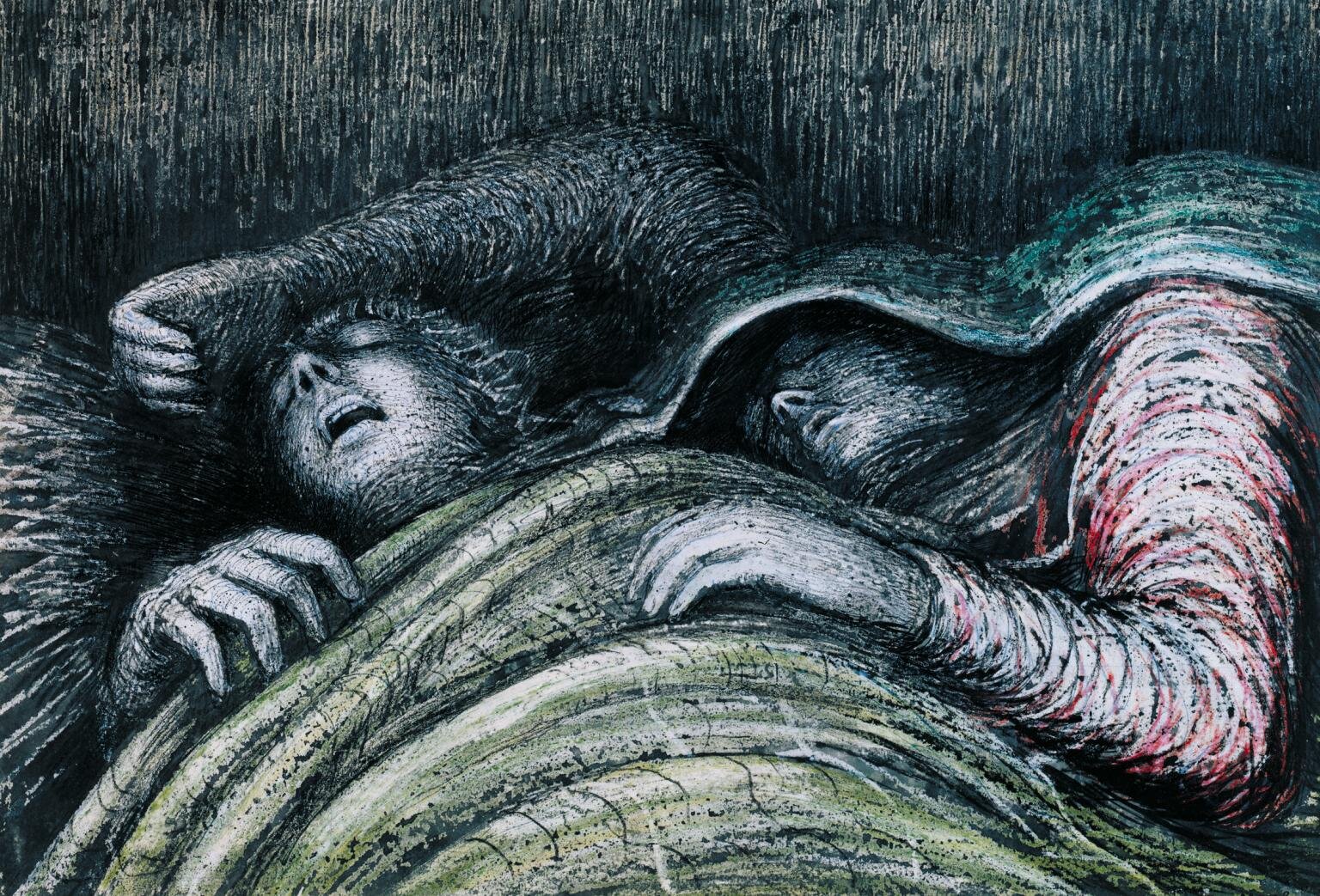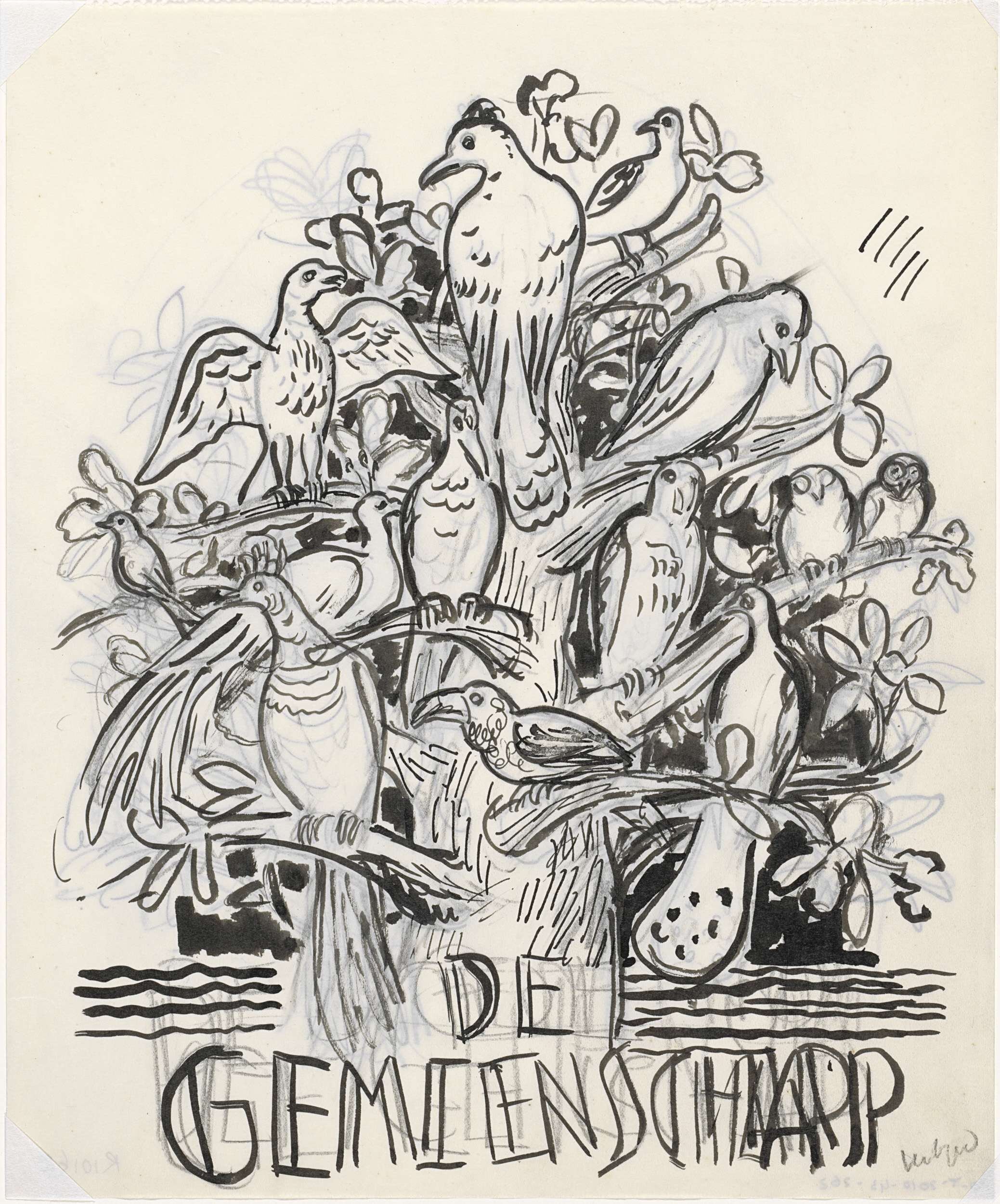Scroll
SURREALISM
One of Surrealism’s most interesting contributions to draughtmanship was automatic drawing. Pioneered by the English occultist Austin Osman Spare, the practice was used extensively by Surrealist artists such as André Masson (1896-1987), Joan Miró (1893-1983), Paul Klee (1879-1940), and Salvador Dalí (1904-1989). Making marks in an accidental, random fashion, their intention was to free drawing from rational control and access the subconscious. Nevertheless, many of the finished works produced as automatic drawings are loosely representational, suggesting that artists found it difficult to leave the results entirely to chance.
Featured
Exquisite corpse (Cadavre exquis in French) is a collaborative drawing approach first used by surrealist artists to create bizarre and intuitive drawings. Invented in 1925 in Paris by the surrealists Yves Tanguy, Jacques Prévert, André Breton and Marcel Duchamp, it was a sort of game in which each artist-player drew a part of the body, folded it over, and passed it on to the next player who continued without knowing what was represented in the previous drawing.
MODERNISM
Black Square (1915) - a black square on a white background - by the Russian Kasimir Malevich (1879-1935,) and Suprematist Composition: White on White (1918) - an off-white square on an off-white ground by the same artist - took Western art to a new level of abstraction. Such abstraction was one of the characteristics of many modernist works over the next 25 years. It represented the rejection of realism, which was associated with the past, in favour of progress and modernity, as well as the urge to experiment with form, materials and techniques. Nevertheless, many modernists, such as Pablo Picasso (1881-1973) and Henry Moore (1898-1986), moved between abstraction and figuration. Moore’s drawings of Londoners sheltering from the Blitz in the Underground are some of his most moving works.
Featured
© Succession Picasso/DACS, London 2019 / Photo © Tate
Here Gorky adopts the surrealist practice of automatic drawing, resulting in the thin, quick and irregular lines characteristic of his drawing practice from this period.










![Kasimir Malevich, Untitled [Nakov S-472], ca. 1915, pencil on paper, Sydney, Art Gallery of New South Wales.](https://images.squarespace-cdn.com/content/v1/5ced36ad9fb4bd00016b8138/1569360768080-6NQH4WLLWPGILKUAAZY8/Kasimir_Malevich_-_Untitled_-_Google_Art_Project_%28cropped%29.jpg)





